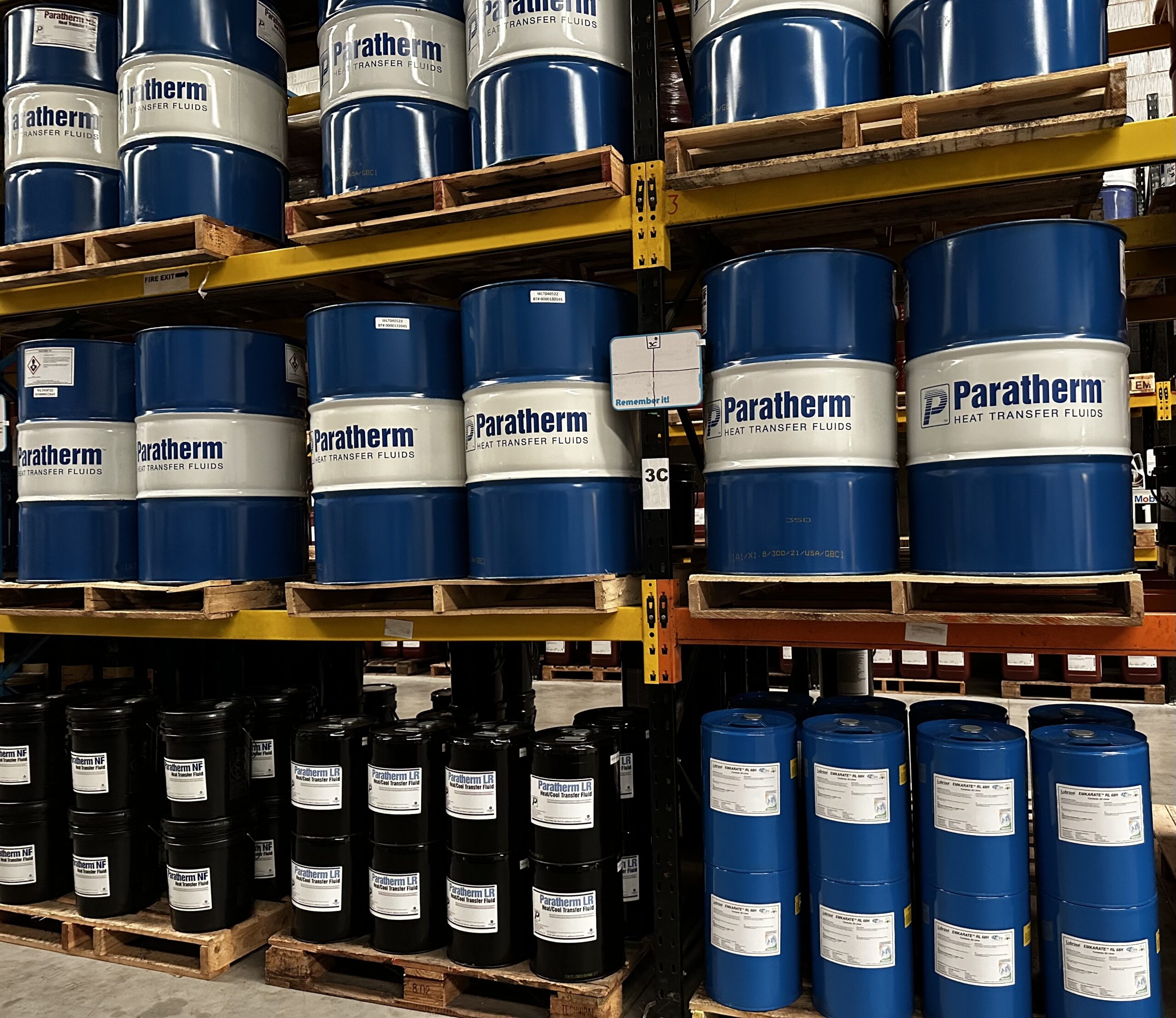The Function of Heat Transfer Fluid in Enhancing System Efficiency and Safety
In the ever-evolving landscape of industrial procedures, warmth transfer fluids (HTFs) emerge as critical elements in enhancing both system efficiency and safety. These specialized fluids, understood for their remarkable thermal conductivity and regulated thickness, make it possible for efficient warm exchange, which is crucial for streamlined procedures.
Comprehending Warmth Transfer Liquids
Heat transfer liquids, frequently considered the lifeline of thermal administration systems, play an essential role in regulating temperature throughout numerous industrial applications - heat transfer fluid. Industries such as chemical processing, power generation, and manufacturing count on warm transfer liquids to guarantee equipment runs successfully and securely.
The selection of an ideal heat transfer liquid is critical to the success of a thermal administration system. In summary, a thorough understanding of warm transfer fluids is important for optimizing system performance, ensuring functional security, and achieving cost-efficient thermal management services.
Secret Feature of HTFs

The particular heat capability of an HTF defines the quantity of heat needed to change its temperature level, impacting how effectively the system can reply to temperature level variants. The boiling and freezing points of HTFs likewise play a crucial function, especially in systems exposed to extreme temperature levels, ensuring liquid stability and stopping stage changes throughout procedure. Furthermore, the chemical security of HTFs under varying thermal conditions is vital to protect against degradation and expand fluid life. Finally, compatibility with system materials is required to avoid deterioration and product degradation, making certain long-term operational integrity. These residential or commercial properties collectively notify the option of a suitable HTF for certain industrial applications.
Enhancing System Performance
To boost system performance with warm transfer fluids (HTFs), it is important to incorporate an extensive technique that thinks about both liquid residential or commercial properties and system style. The option of a proper HTF is pivotal, as its thermal conductivity, viscosity, and specific warmth capacity straight impact the performance of warm exchange. High thermal conductivity go to website ensures fast warm transfer, while optimum viscosity facilitates smooth flow via the system, minimizing energy consumption. Furthermore, a high details warmth capacity allows the fluid to store and move even more thermal power, improving general system efficiency.
Just as vital is the design of the heat transfer system itself. The surface location and material of warm exchangers must be maximized to optimize warmth transfer performance.
Boosting Operational Safety
Ensuring functional safety and security in warmth transfer systems calls for a careful concentrate on both the residential properties view publisher site of warm transfer fluids (HTFs) and the design and upkeep of the entire system. HTFs have to have thermal stability, reduced flammability, and ideal viscosity to decrease risks such as leaks, fires, and system malfunctions. Selecting the best HTF is essential as it determines the system's capacity to handle temperature level variations without endangering safety and security.
The design of the system must incorporate redundancies and fail-safes to take care of potential dangers efficiently. This consists of the combination of safety and security valves, stress relief devices, and temperature tracking systems to detect and resolve anomalies without delay. Regular upkeep is imperative to make sure that all elements, including pumps, pipes, and seals, are operating appropriately and are devoid of wear or rust, which could cause dangerous leaks or failures.
Moreover, personnel accountable for the procedure and maintenance of warm transfer systems have to be appropriately learnt safety and security methods and emergency situation action treatments. Constant training programs and safety drills can substantially lower the likelihood of mishaps, guaranteeing a much safer working environment. Eventually, an extensive strategy to security-- incorporating fluid choice, system style, and workforce training-- is important for optimum operational safety and security.
Market Applications of HTFs
Commonly used throughout various industries, warm transfer fluids (HTFs) play an important duty in enhancing the performance and reliability of thermal administration systems. In the chemical market, HTFs are important for keeping exact temperature levels throughout responses, making sure item uniformity and top quality. They help with warm exchange processes in reactors, condensers, and heat exchangers, consequently optimizing energy use and decreasing waste.
In the oil and gas industry, HTFs are employed in both upstream and downstream procedures. They manage temperature in drilling operations and improve efficiency in refining processes by providing stable thermal problems. This causes lowered downtime and boosted safety and security, especially in essential procedures such as distillation and cracking.
The renewable resource market additionally benefits substantially from HTFs, especially in focused solar energy (CSP) plants. Here, HTFs transfer recorded solar energy to power wind turbines, making it possible for reliable electricity generation. The pharmaceutical sector relies upon HTFs for accurate temperature control in both synthesis and storage, ensuring product effectiveness and security.


Furthermore, the food and drink sector uses HTFs for pasteurization, sanitation, and cooking processes, improving both product security and manufacturing efficiency. Across these markets, HTFs function as vital elements in maintaining optimum functional efficiency and safety and security.
Final Thought
Heat transfer liquids are important in improving industrial system efficiency and special info safety by supplying high thermal conductivity, optimum viscosity, and thermal stability. Correct option and upkeep of HTFs improve heat exchange performance, thus boosting functional effectiveness.